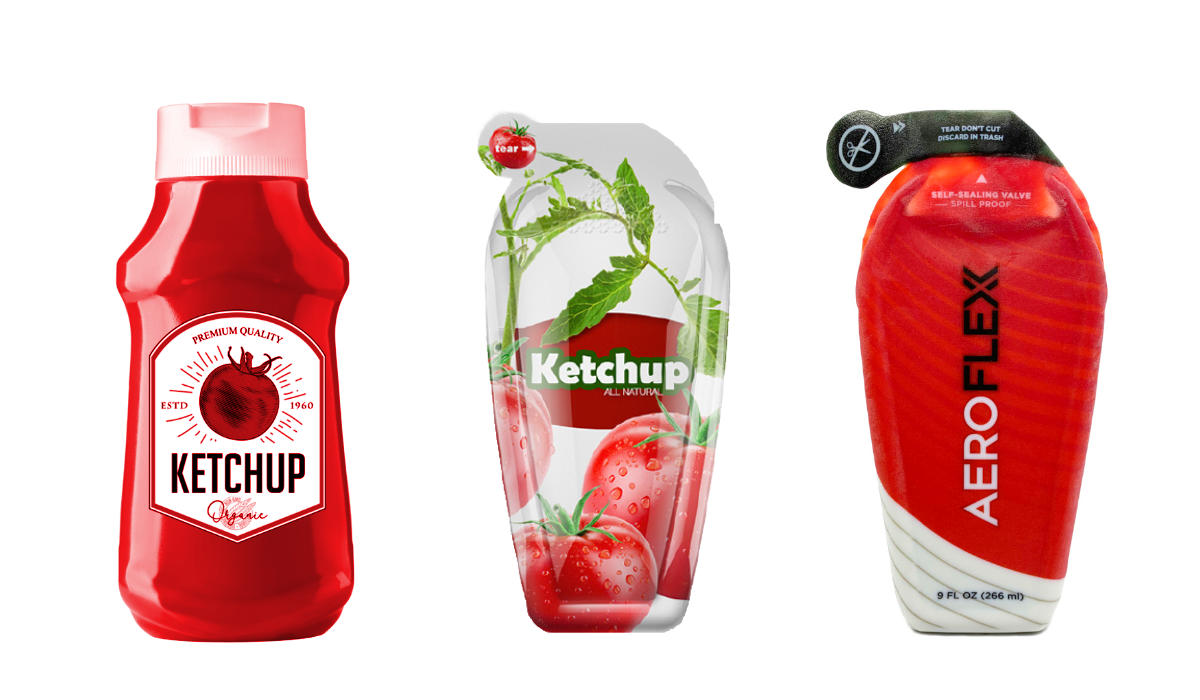3D printing offers revolutionary solutions that create unique, customised products and designs according to customers individual preferences, needs and specifications. 3D printing offers unparalleled freedom in design, material choices, and on-demand production, making it an ideal solution to achieve total customisation.
Achieving complete customisation is becoming increasingly important as industries become more advanced and are demanding more bespoke, complex, customisable products.
Traditional manufacturing methods often involve high setup costs, limitations in design complexity, longer production time-frames and are geared towards mass production rather than individualisation, as well as generating far greater amounts of material waste and extensive tooling.
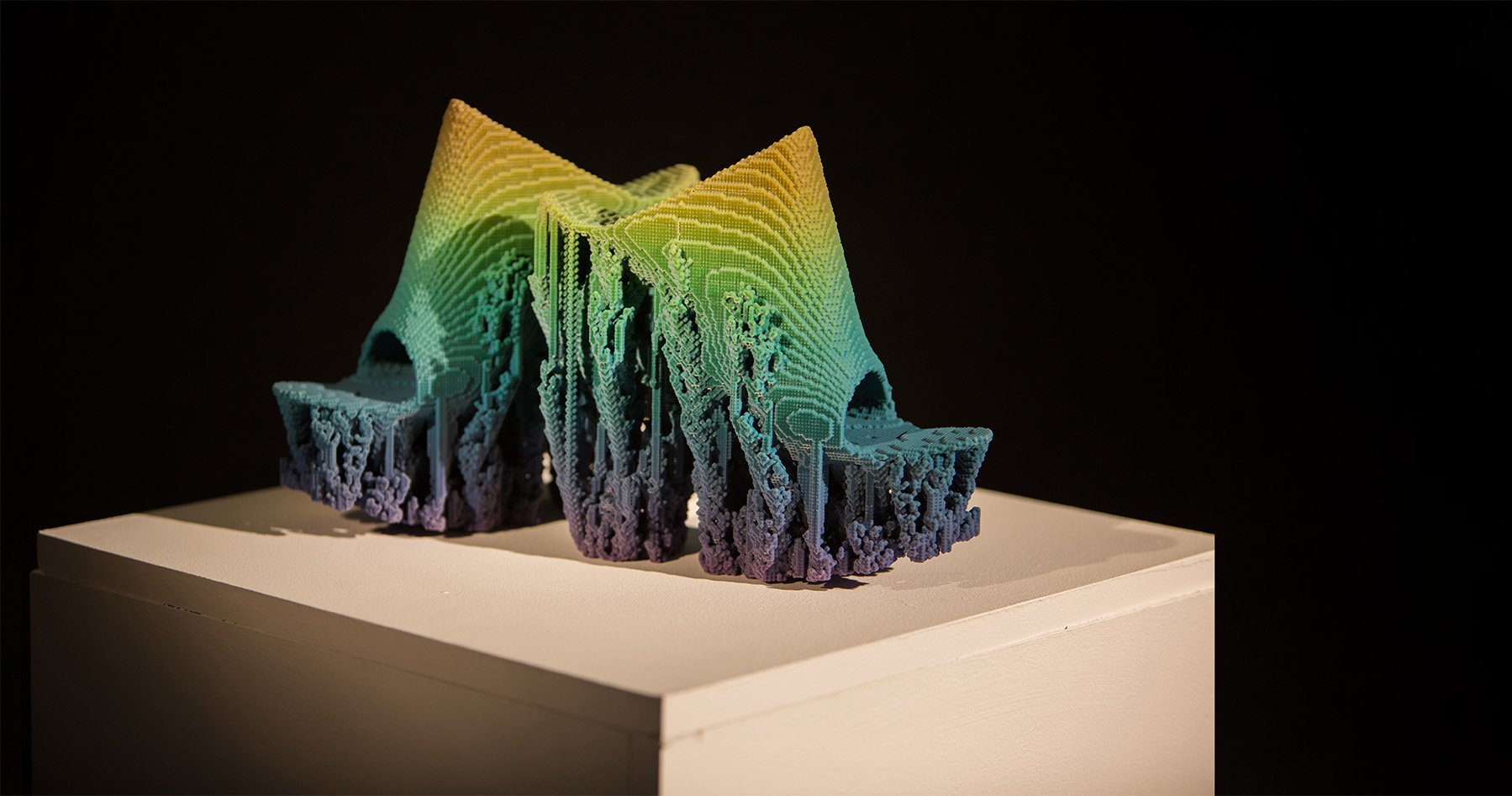
SYS Systems supplies and supports world-renowned Stratasys 3D printing technologies for prototyping through to production, offering speed, flexibility, and accuracy for a range of products and applications. With a single machine from SYS Systems, companies can adapt to enable full customisation for every customer.
How 3D printing achieves total customisation
Freedom of design:
3D printing creates the opportunity for limitless creative exploration. It allows for elaborate and intricate designs and individualisations that wouldn’t be possible to achieve through traditional manufacturing methods. 3D printing can produce complex shapes, structures, dimensions and geometries, unlocking infinite design possibilities.
Bespoke design and production:
3D printing can adapt to accommodate for products with variety of strengths, flexibilities and materials based on the desired use or application to best reflect the end-use product. 3D printing allows for the creation of bespoke designs, not achievable from traditional methods.
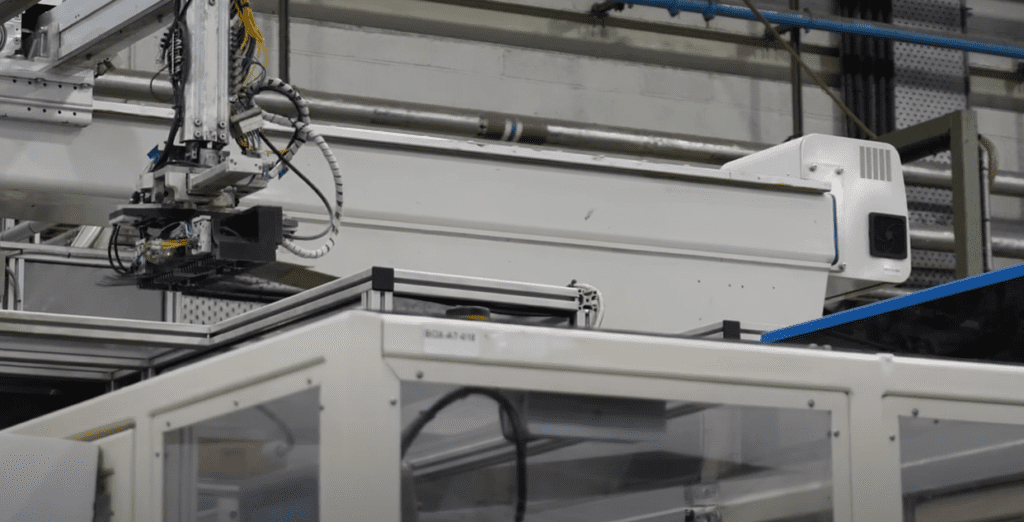
Rapid prototyping and iteration:
Rapid prototyping is one of the key uses of 3D printing. It enables product designers and engineers to design and iterate more quickly, easily, and cost-effectively before a product enters production. This impactful approach to product development continues to help manufacturers shorten lead times and speed up the product development process.
Cost-effective small batch production:
3D printing is a more cost-effective solution for small batch production because you don’t have to invest in multiple moulds, tools or materials that will only be used once. This gives you the freedom to produce small batches that can be updated along the way as well as creating create custom products economically, some of which might only be sold once a year.
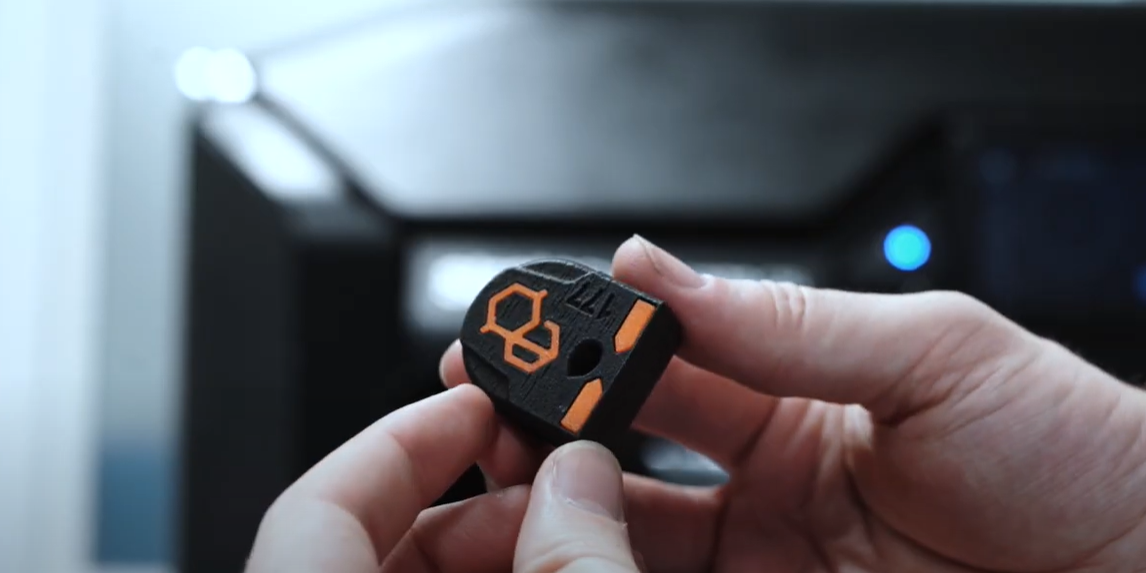
On-demand production:
3D printing is becoming increasingly utilised for on-demand production. SYS Systems 3D printing technologies store and retain product designs and programs, allowing for products to be manufactured when required, reducing storage costs, time, materials and resources. This not only provides faster and more efficient part manufacturing, but enables cost-saving product innovations and accelerated time-to-market.
Diverse material options:
Stratasys’ 3D printing solutions are increasingly expanding their extensive range of material options, including plastics, metals, ceramics, and composites. These materials can be interchanged and combined in a single print to enable full customisation and accurate replication of end-use products. This opens up a wide range of possibilities for designers and engineers, allowing them to create parts like never before with complex geometries, multiple functions, and a variety of material properties.
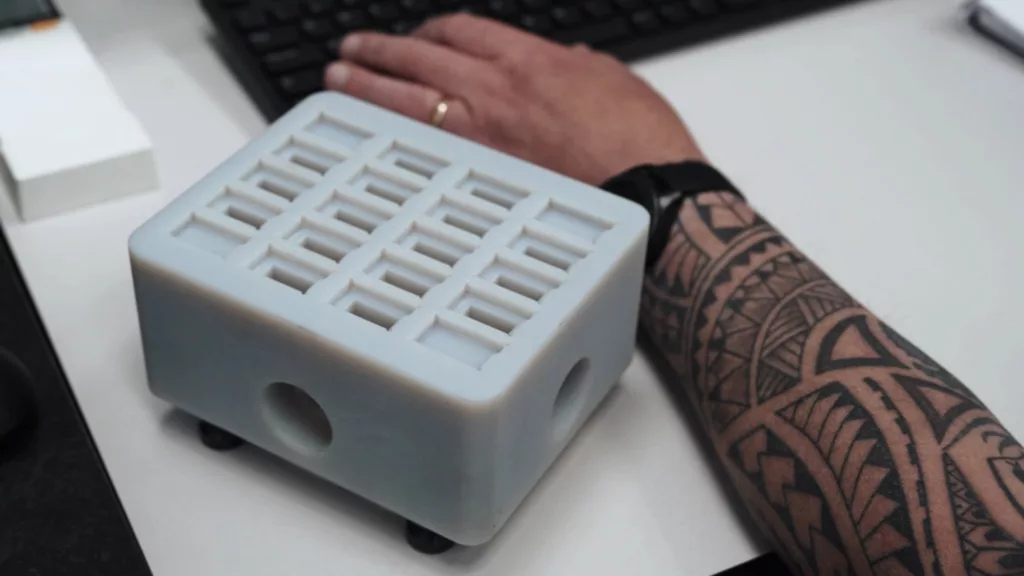
Global accessibility and distribution:
Global supply chain issues can create a number of major problems including the access and distribution of designs and products. 3D printing technologies help manufacturers to overcome these challenges. The advancement of online platforms, digital design files and cloud-based digital inventories has allowed companies to store, access and print custom-designed products from anywhere in the world (i.e. across sites, branches, external suppliers, etc.).
Healthcare and medical applications:
The medical industry is a prime example of an industry increasingly adopting and reaping the benefits of 3D printing. 3D printing has revolutionised healthcare, enabling the creation of custom implants, prosthetics, and surgical guides tailored to individual patients’ anatomy to ensure the most bespoke and effective treatments. For example, GrabCAD software available from SYS Systems can take imagery from CT and MRI scans and convert them into precise 3D models, used to design custom medical parts.

